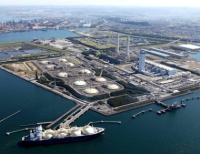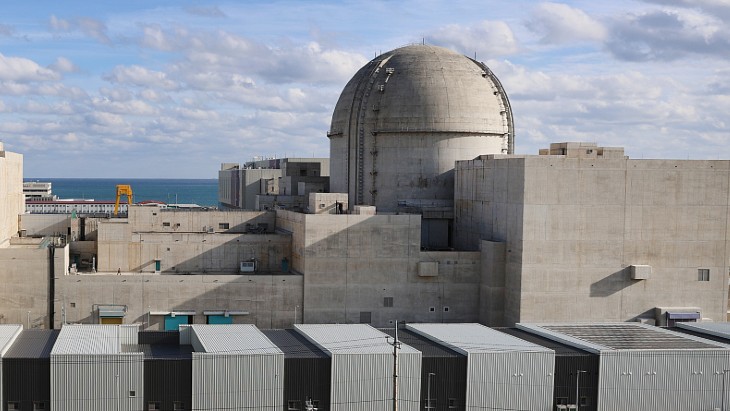Increased use of fossil fuels for power generation was the main driving force behind a rise in Japanese greenhouse gas emissions for 2011, even though the country saw a fall in manufacturing output.
 |
| With nuclear plants out of action, Japan is relying on thermal generation like the Futtsu LNG plant (Image: Tepco) |
Preliminary figures for the 2011 financial year released by Japan's Ministry of the Environment show total greenhouse gas emissions of 1307 million tonnes of carbon dioxide equivalent. This is 49 million tonnes more than in 2010, an increase of 3.9%. It is also up 3.6% from 1990 figures, the base year under the Kyoto protocol.
According to the ministry, the key driver for the rise in emissions is the expansion in thermal power generation: energy-origin CO2 emissions are 4.4% higher than in 2010. All of Japan's nuclear power plants, which normally produce some 30% of the country's electricity, were taken out of service for safety checks following on from the Great East Japan earthquake and tsunami of March 2011 which wrecked the Fukushima Daiichi nuclear power plant. Since then, the country has been relying heavily on generation from liquefied natural gas (LNG) and coal, both of which it must import.
Following on from the earthquake and tsunami, Japan has seen a decrease in manufacturing output resulting in a 0.2% decrease in carbon dioxide emissions from the industrial sector against 2010 figures. Likewise, emissions from the transport sector have fallen by 0.8%. However, carbon dioxide emissions attributed to the commercial, residential and energy industries sector have all gone up thanks to the greater emissions from the increased use of fossil-fuelled generation.
Carbon dioxide is the main contributor to the overall greenhouse gas emissions figure, accounting for 1242 million tonnes (including 69.1 million tonnes from non-energy origins such as cement production). The overall greenhouse gas emissions figure of 1307 million tonnes of carbon dioxide equivalent also includes emissions of methane, nitrous oxide and fluorine-containing halocarbons, referred to as F-gases (hydrofluorocarbons, perfluorocarbons and sulphur hexafluoride). Emissions of methane and nitrous oxide were both slightly lower than in 2010. 2011 figures for the emissions of the F-gases are not yet available but are not expected to show any change from 2010.
To date, only two of Japan's nuclear reactors - Kansai Electric's Ohi 3 and 4 - have been allowed to restart after completing the program of safety checks mandated by the Japanese government following the accident at Fukushima. A new legal safety framework which will enable more reactors to restart is being drawn up by Japan's newly established Nuclear Regulation Authority (NRA) but is not likely to be in place until July 2013.
Researched and written
by World Nuclear News




_72306.jpg)


_49562.jpg)





